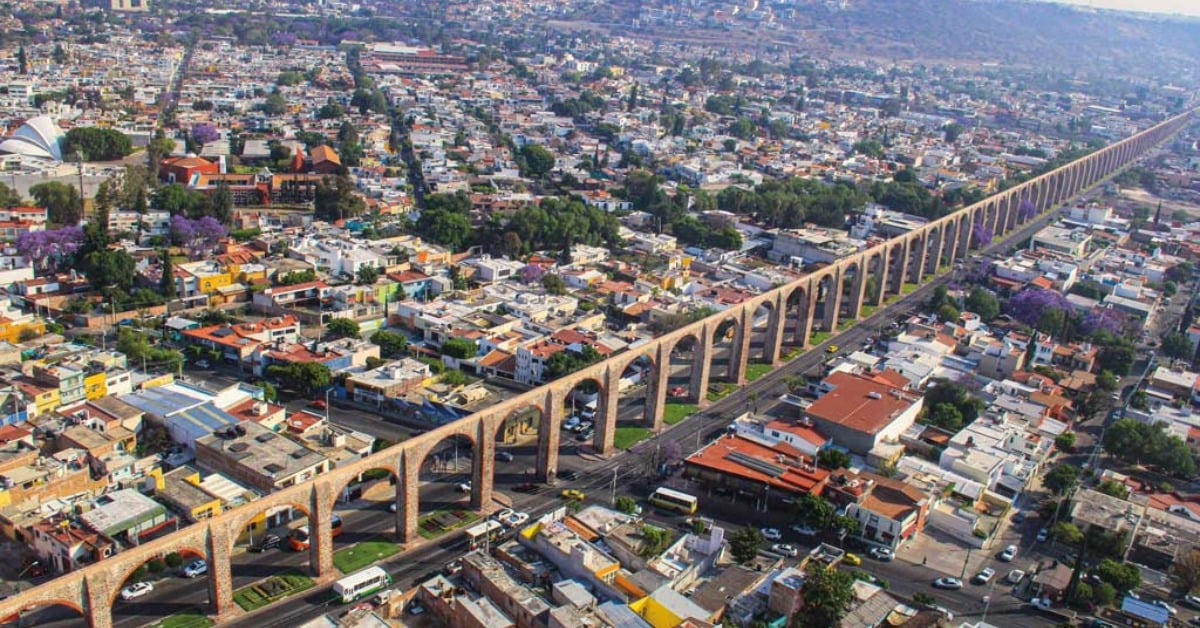The Bajío region sees industrial expansion and real estate demand in 2025, with Querétaro emerging as a key economic hub in Mexico . . .


The Bajío region sees industrial expansion and real estate demand in 2025, with Querétaro emerging as a key economic hub in Mexico . . .
